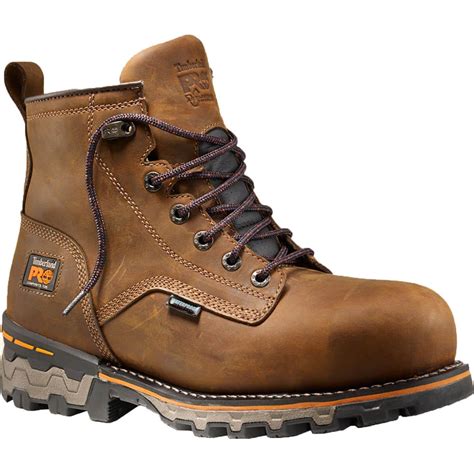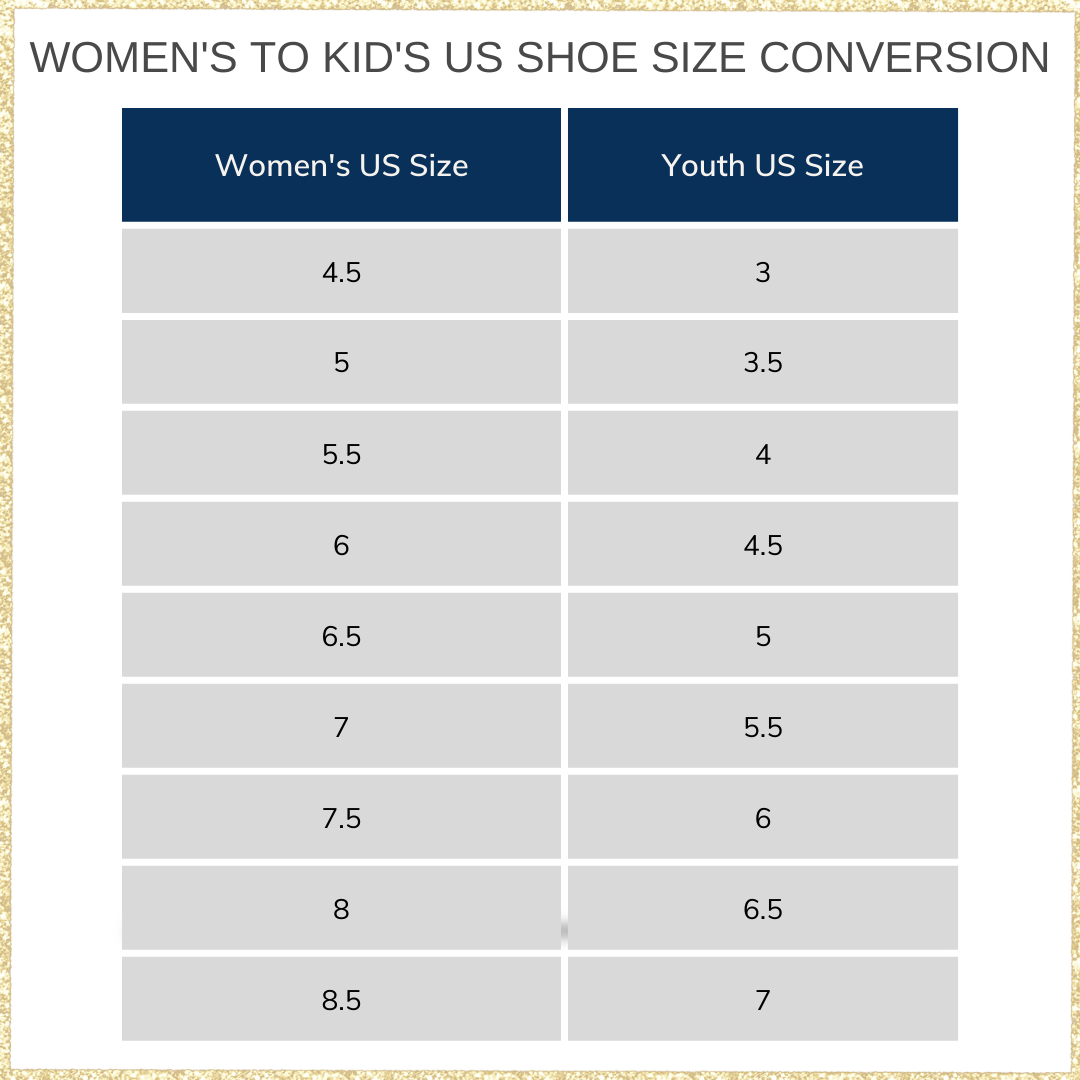5 Tips Work Boots

When it comes to selecting the right work boots for your job, there are several factors to consider to ensure you choose a pair that meets your needs, provides comfort, and most importantly, protects your feet from hazards. Here are five tips to help you make an informed decision:
1. Identify Your Work Environment
Understanding your work environment is crucial in selecting the right work boots. Different workplaces expose your feet to different hazards. For example, if you work in construction, you might need boots with steel toes to protect against heavy falling objects. If your work involves electrical hazards, boots with electrical insulation properties could be lifesaving. For outdoor work in wet conditions, waterproof boots are essential. Assessing the specific hazards in your workplace will guide you in choosing boots with the appropriate features.
2. Consider the Material and Durability
The material of your work boots can significantly affect their durability and comfort. Leather boots are durable and can be waterproofed, but they may require a break-in period. Synthetic materials can be lighter and more breathable but may not be as durable. The outsole material is also crucial; rubber is common for its grip and durability. For jobs that involve working with chemicals or in very wet conditions, consider materials that are resistant to these elements. Additionally, look for boots with reinforced stitching and a robust sole attachment to ensure they can withstand the rigors of your work environment.
3. Prioritize Comfort and Fit
While protection is paramount, comfort should not be overlooked. Ill-fitting boots can lead to discomfort, pain, and even injuries. Look for boots that fit well and provide adequate arch support and cushioning. A roomy toe box is essential to prevent toe compression, especially if you’re planning to wear thick socks. Consider the boot’s weight; lighter boots can reduce fatigue during long workdays. Also, think about the lacing system; a secure fit is crucial, but it should also be easy to put on and take off.
4. Look for Safety Certifications
Ensure that your work boots meet the safety standards relevant to your industry. Look for certifications from recognized safety standards organizations. For example, in the United States, the American National Standards Institute (ANSI) and the Occupational Safety and Health Administration (OSHA) provide guidelines for safety footwear. Boots that meet these standards will have specific features such as steel toes, puncture-resistant plates, and slip-resistant soles. These certifications are your assurance that the boots have been tested and proven to provide the necessary protection.
5. Maintain Your Boots
The longevity and effectiveness of your work boots depend on how well you maintain them. Regular cleaning and conditioning can extend the life of your boots, especially if they are made of leather. Allow them to dry naturally if they get wet, as heat can damage the materials. Store them in a cool, dry place and consider applying waterproofing treatments periodically. Regularly inspect your boots for signs of wear and damage, and replace them when necessary. Well-maintained boots will continue to provide the protection and comfort you need.
FAQ Section
What are the most common hazards that work boots protect against?
+Work boots are designed to protect against a variety of hazards including heavy objects falling on the feet, electrical shock, slips, trips, and falls, punctures from sharp objects, and extreme temperatures. The specific protection needed can vary significantly depending on the job and work environment.
How often should work boots be replaced?
+The lifespan of work boots depends on the quality of the boots, the conditions they are used in, and how well they are maintained. Generally, work boots should be inspected regularly for signs of wear and damage, and replaced when they no longer provide adequate protection or comfort. The exact replacement interval can vary but is typically every 6 months to 2 years.
Can work boots be customized for specific foot shapes or conditions?
+Yes, some manufacturers offer customization options for work boots to accommodate different foot shapes or conditions. This can include wide or narrow widths, custom insoles for support or to address specific foot issues, and modifications for individuals with disabilities. It's best to consult directly with the manufacturer or a professional fitter for such needs.
In conclusion, choosing the right work boots involves a thoughtful consideration of your work environment, the materials and durability of the boots, comfort and fit, safety certifications, and maintenance needs. By following these tips and considering your specific workplace hazards and requirements, you can select a pair of work boots that not only meets your needs but also helps ensure your safety and comfort on the job.



